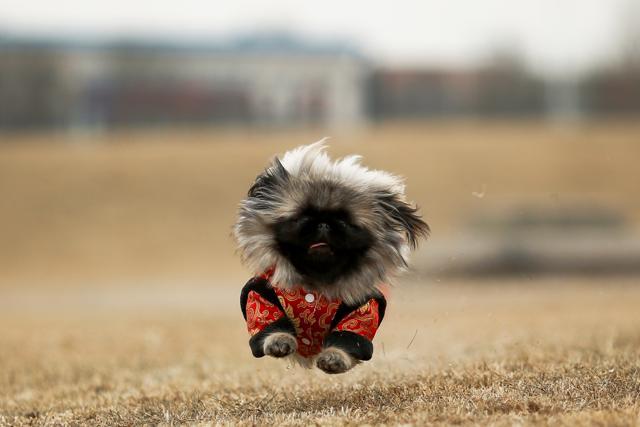Year of the Dog: Why China’s imperial Pekingese canines are so hard to find
While the Lunar Year of the Dog begins this month, the Chinese breed known for its aristocratic mannerisms is growing rarer to find. Here’s why.
For centuries, owning the flat-faced Pekingese dog was a luxury to be enjoyed only by China’s royal family. After years of turmoil and the 1911 revolution that established China as a republic, however, the dog named after the Chinese capital became available to the masses. By the 1990s, they were so common that the streets of Beijing, formerly Romanised as Peking, were teaming with strays.

But as the Lunar Year of the Dog begins this month, the most distinctive Chinese canine is almost nowhere to be found. Local pet owners prefer foreign breeds such as poodles and Chihuahuas. “Now, there really are too few local Pekingese,” said Zhang Lei, a breeder in Beijing.

“If you want a local Pekingese, then the only option is to crossbreed them with a foreign Pekingese. A lot of people don’t have them. I think the local Pekingese are now facing a crisis”. In 2003, Zhang adopted a few stray Pekingese and since then has bred them, mostly as a hobby. Some are for sale, ranging from 1,000-2,500 yuan ($157-$394) each, but he said there are few buyers.
Pekingese were first introduced to Europe when Western armies pillaged the Summer Palace in Beijing and stole several of the Qing court’s dogs during the Second Opium War in the late 1850s. The breed was seen in the West as an exotic luxury and a favourite at dog shows.
Although the local breed is fading from view, some Chinese pet owners are buying longer-haired imported Pekingese because of their perceived purity. “They have aristocratic mannerisms,” said Beijing native Qian Hao, who takes his four long-haired imported Pekingese on daily walks in a stroller.
A foreign Pekingese can cost as much as 100,000 yuan. While there are no official statistics on domestic Pekingese ownership, Zhang Xuesong, who has bred imported Pekingese for 26 years, said that the breed’s “bad genes” and a general lack of interest have kept pet owners away from the animal.

After years of inbreeding, local Pekingese are perceived as having an array of health and other issues, including constant shedding, a lack of intelligence, and a susceptibility for slipped spinal discs. Wang Fei, who owns a four-year-old white local Pekingese named Jianjian, said the breed became a victim of its own popularity.
“In the past, there were way too many local Pekingese. Everyone wants to raise something different. And now there are fewer and fewer local Pekingese. But I think they’ll rise again in popularity,” said Wang Fei.
Follow @htlifeandstyle for more
Catch your daily dose of Fashion, Health, Festivals, Travel, Relationship, Recipe and all the other Latest Lifestyle News on Hindustan Times Website and APPs



